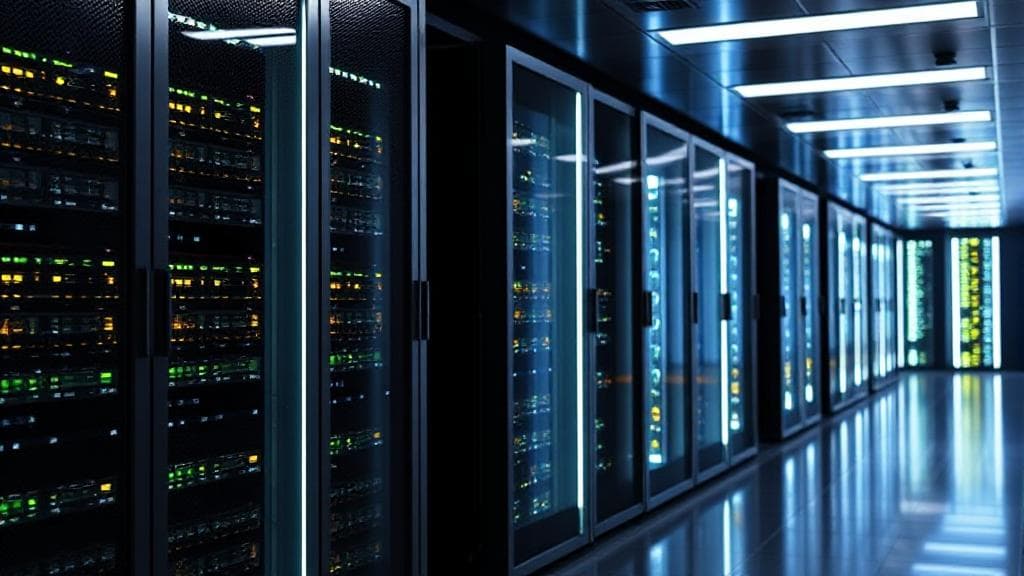Introduction to Servers
In the world of computing, the term server is ubiquitous, yet its role and function can often be misunderstood. A server is a computer or system that provides resources, data, services, or programs to other computers, known as clients, over a network. This client-server model is foundational to modern computing and the internet.
Key Characteristics
- High-performance processors
- Large amounts of RAM
- Redundant storage systems
- Advanced cooling mechanisms
- Specialized operating systems
Types of Servers
There are various types of servers, each serving a unique purpose:
- Web Servers: Host websites and deliver web pages to users' browsers. Examples include Apache HTTP Server, Nginx, and Microsoft Internet Information Services (IIS).
- Database Servers: Store and manage databases, providing data access to other software applications. Popular options include MySQL, PostgreSQL, Microsoft SQL Server, and MongoDB.
- File Servers: Store and manage files, allowing users to access and share files over a network.
- Mail Servers: Handle and deliver email messages. Examples include Microsoft Exchange Server and Postfix.
- Game Servers: Host online games, managing game state and player connections. Steam and Xbox Live are popular gaming platforms.
How Servers Work
Servers operate by listening for requests from clients. When a request is received, the server processes it and sends back the appropriate response. This interaction is often facilitated by protocols, which are sets of rules that define how data is exchanged over a network.
Key Protocols
- HTTP/HTTPS: Used by web servers to deliver web pages
- SMTP/IMAP/POP3: Used by mail servers to send and receive emails
- FTP/SFTP: Used by file servers to transfer files
- SQL: Used by database servers to query and manage data
Hardware and Software Components
Server-Grade Components
"Enterprise-grade hardware is designed for reliability and performance rather than cost-effectiveness." - IT Infrastructure Magazine
Key components include:
- ECC (Error-Correcting Code) memory
- RAID storage systems
- Redundant power supplies
- Hot-swappable components
Operating Systems and Software
Servers typically use specialized operating systems like Windows Server or Linux to manage server resources and provide services.
Server Management and Security
Best Practices
- Regular maintenance
- Security updates
- Performance monitoring
- Backup procedures
- Disaster recovery planning
Monitoring Tools
Several tools help administrators maintain server health:
Virtualization and Cloud Computing
Modern server infrastructure often employs virtualization technologies, allowing multiple virtual servers to run on a single physical machine. Major cloud providers offer server infrastructure as a service:
Security Considerations
Protecting servers requires multiple security layers:
- Firewalls and access control
- Intrusion Detection Systems
- Regular security audits
- Encryption
- Regular updates and patches
For more in-depth information, you can explore resources like IBM's guide on servers, Microsoft's server documentation, or visit Server Fault for community discussions.
